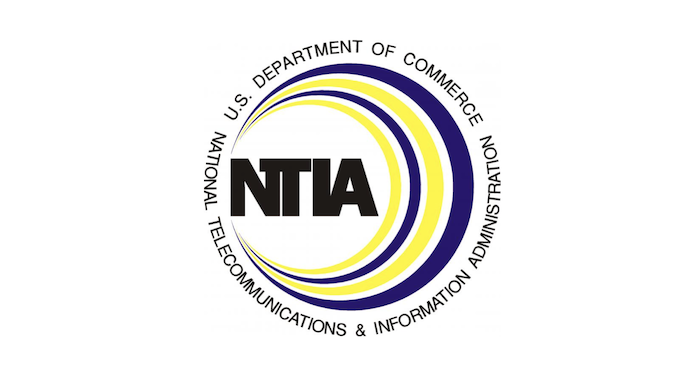NTIA is making progress on identifying federal spectrum that can be auctioned for commercial use. That’s according to NTIA Administrator Arielle Roth. She said this week that President Trump’s “One Big Beautiful Bill” restored the FCC’s auction authority. The legislation directs NTIA to identify 500 MHz of federal spectrum, to be auctioned and reallocated for full-power commercial licensed use.
The FCC is required to auction an additional 300 MHz of spectrum, including at least 100 MHz within the Upper C-band, Inside Towers reported.
Roth intends to send a letter to FCC Chairman Brendan Carr informing him that NTIA has identified the first 5 MHz of federal spectrum for the FCC to auction and will be studying the 15 MHz immediately adjacent to it. That spectrum will come from 1675 MHz, which is part of L band.
To identify the remainder, NTIA plans to assess four targeted spectrum bands in the range set by Congress: 7125-7400 MHz; 1680-1695 MHz; 2700-2900 MHz; and 4400-4940 MHz.
“Combined with their ‘sweet spot’ propagation characteristics, these bands offer opportunities for larger channel bandwidths needed for 5G and future 6G networks and have the potential to generate substantial auction revenues for the U.S. government while modernizing federal operations,” Roth said.
NTIA expects to make progress on all four of the bands within a year. That would exceed its target of identifying 200 MHz.
“NTIA will actively support and contribute to the FCC’s efforts to auction the Upper C-Band—so we can maximize the amount of commercial spectrum we can clear, while enabling a one-time, next generation retrofit of aircraft altimeters,” she said. Inside Towers reported that the FAA and the airlines’ objection to AT&T (NYSE: T) and Verizon (NYSE: VZ) using their auction-won C-band frequencies for 5G transmission near airports was based on reported interference to aircraft radio altimeters. “If done right, this effort won’t just increase the value and utility of the C-band in the United States, but it will also pave the way for harmonized clearing across the globe,” Roth said.
“As NTIA looks to identify spectrum in the federal bands mentioned above, we encourage the FCC to consider opportunities to grow these technologies, and other innovative forms of spectrum sharing, as well, “ Roth said.
Touching on the progress of direct-to-device satellite technology, Roth said, “Consumers don’t care whether their connection comes from terrestrial or satellite networks—they just want their technology to work, whether it’s to the handset or to the home. To support this evolution, we must ensure that sufficient spectrum is available.”
Satellite applications are growing faster than regulators originally anticipated, and they must be proactive in meeting that demand, according to the NTIA administrator. “At NTIA, we are committed to expanding commercial access to satellite spectrum while also balancing the needs of our federal users,” she explained.
Touching on BEAD without mentioning it by name, Roth noted that, “We must continue to embrace the guiding principle of technology neutrality across all our programs—an approach that has consistently proven to be the most effective way to foster broadband innovation and competition. Whether it’s terrestrial or satellite, fiber or wireless, what matters most is delivering effective connectivity for the American people—not one-size-fits-all mandates that don’t reflect the realities on the ground.”
By Leslie Stimson, Inside Towers Washington Bureau Chief




Reader Interactions